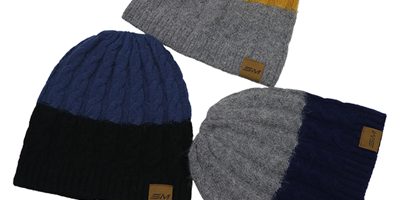Men’s beanies have come a long way from their humble origins as functional cold-weather gear. Today, they are a fashion statement embraced by people of all ages and styles. Let’s explore the evolution of men’s beanies.
Functional Beginnings
Beanies were initially designed for practical purposes, such as keeping heads warm in cold climates. Their snug fit and simplicity made them ideal for this purpose. They were often made from wool or other warm materials to provide insulation.
Military Influence
Beanies gained popularity during World War II when they were issued to soldiers for warmth. This military influence contributed to the beanie’s rugged image, which persists to this day.
Counterculture Icon
In the 1950s and 1960s, the beanie became a symbol of counterculture movements. Icons like James Dean and Bob Dylan were frequently seen wearing them, helping to establish the beanie as a symbol of rebellion and individualism.
Fashion Forward
In recent decades, men’s beanies have transitioned from counterculture symbols to mainstream fashion items. Designers have embraced beanies in their collections, offering a wide range of styles, colors, and materials. This shift has made beanies a versatile accessory suitable for various fashion aesthetics.
Year-Round Versatility
Today, men’s beanies are not limited to winter wear. They are worn year-round, making appearances in spring, summer, and fall outfits. Lightweight and breathable options are available for warmer weather, ensuring that beanies remain a fashionable choice throughout the year.
Conclusion
The evolution of men’s beanies from functional headgear to a fashion staple showcases their enduring appeal. Whether you wear them for warmth, style, or both, beanies have firmly established themselves as a versatile accessory that bridges the gap between function and fashion.







